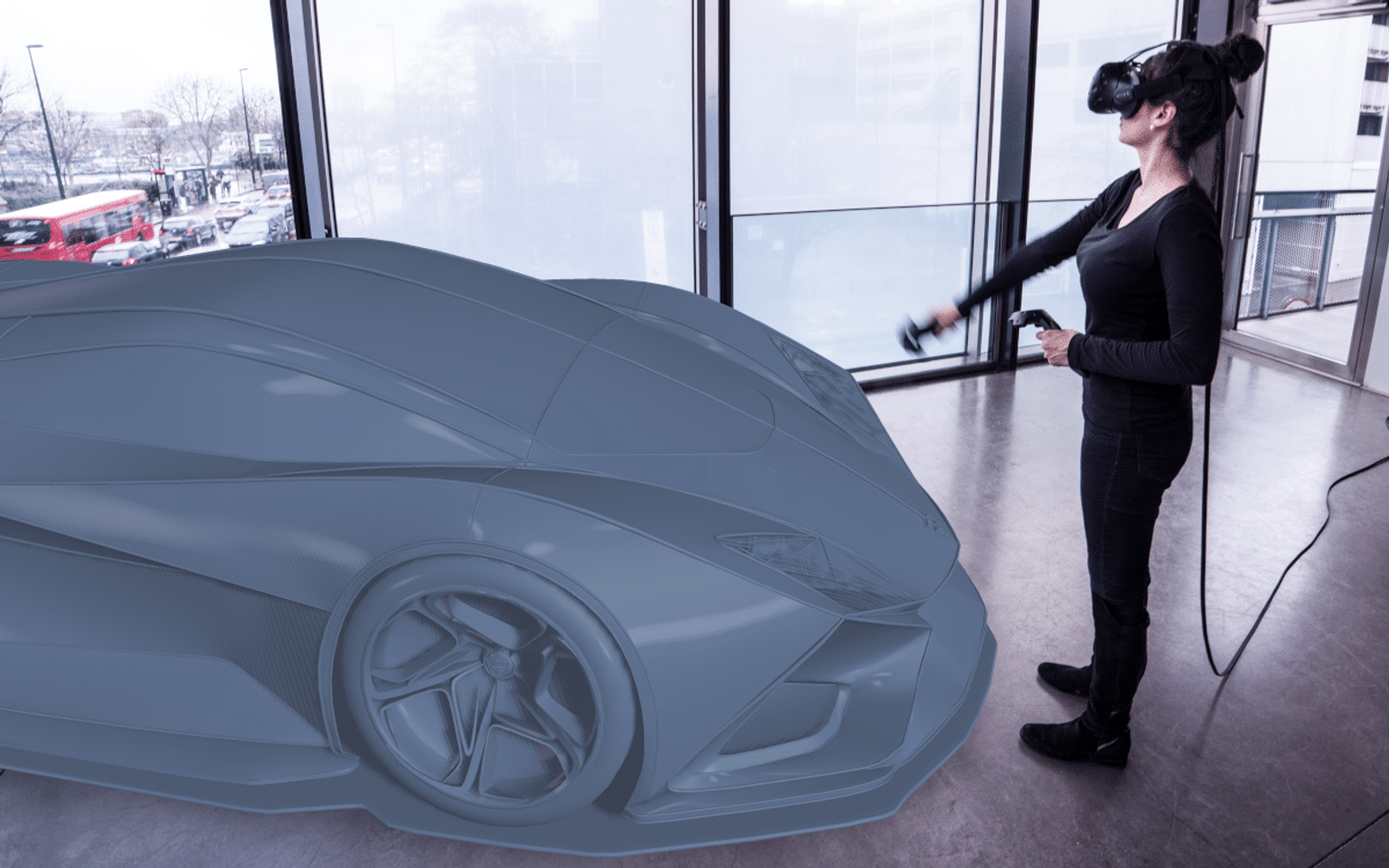Choosing a VR Headset
In this article, we'll deep dive into what to consider when choosing a VR Headset. You can also find a full list of supported headsets in VR Headsets Compatible with Gravity Sketch.
Introduction
Over the past several years, the number of Virtual Reality Headsets has expanded to give users several options to choose from when deciding on what headset to use. When making a decision about what headset to use it's important to take the following into consideration:
1. What are your needs from a headset - how will you be primarily using it?
2. Do you prefer standalone or tethered?
3. Headset Specifications
4. What is your VR "system" budget?
Your needs from a headset
When it comes to choosing a VR system, your budget should be a top consideration. The cost of VR setups, which includes the headset and computer, can range from as low as $300 to as high as $15,000 depending on your needs and configuration.
If you're new to VR and want to experiment with it, a lower-cost configuration like the $300 standalone Oculus Quest 3 is a great starting point. However, if you plan on spending a lot of time in VR and require high-quality imaging, a more high-end setup that can support higher-resolution displays and more data may be necessary.

Standalone or Tethered
A "Standalone" headset is a powerful headset that can be used without any outside tracking systems or the need to be connected to a computer. The Oculus Quest 3 is a fully standalone VR headset. It has everything you need - the computer, power, and speakers are all embedded inside the headset. However, if you require better performance, you can also tether it to a PC.
On the other hand, a tethered headset requires a computer to be connected to it in order to work. Most headsets are tethered because they can take advantage of much more powerful graphics cards compared to a standalone system. This means that you can enjoy a much better VR experience with a tethered headset.
While Standalone systems offer more flexibility and are easier to travel with, they can be limited in their performance as they are essentially using similar processors as mobile phones. That said, the flexibility they offer may still be more advantageous depending on your needs.
Headset Specifications
What are the primary headset specifications that really matter?
- Resolution
- Refresh Rate
Headset Resolution
Headset resolution determines how sharp the image appears in front of you. The higher the resolution, the sharper the image. VR headsets require much higher pixel density than typical computer monitors because your eyes are so close to the displays inside the headset. Most computer monitors show pixels that make up the image when looked closely.
Low-resolution headsets in VR create a "screen door" effect where it appears as if you are looking through a screen door because of the separation of pixels. Higher resolution means more pixels and a sharper image but also requires more computing power to drive those pixels, which is why higher resolution headsets are tethered and require a computer. Good pixel density is offered by all current VR headsets on the market, and the screen door effect of previous generation headsets has pretty much been eliminated.
Refresh Rate
The refresh rate is how fast the image in front of you refreshes or changes. The higher the number, the smoother movements in VR will appear. Refresh rates are measured in hertz, or n/1 second, where n is the number of times the image refreshes. So, a 60hz refresh rate means that the image will completely change 60 times per second.
For gaming, a higher refresh rate is important because things are moving quickly, and as a player, you will want to see what is happening fast and smoothly.
For Gravity Sketch, refresh rates of 70hz or above will appear smooth and will be fine. Higher rates that some headsets are capable of will result in a smoother experience, but won't make a drastic difference. All current VR headsets on the market offer totally acceptable and usable refresh rates that will work great for Gravity Sketch. If you plan on doing any gaming, you may want to consider ones that can handle higher rates.
What is your VR 'System' Budget?
Just a few years ago, getting into VR meant needing a powerful PC tower or laptop and an expensive VR headset, which could cost at least $2500. Nowadays, things have changed, and you can get started in VR for as little as $300 with the Oculus Quest 3, without the need for a computer. However, if you want a higher resolution headset or more power, you will need to consider your VR 'system' budget. This is largely dictated by your needs and the kind of performance you are seeking.
Gravity Sketch runs very well on any supported headset. That said, it is also capable of taking full advantage of higher-end systems. However, as a user, you should know that at a certain point, you won't notice much of a difference, as Gravity Sketch doesn't require things like super high frame rate and super-fast response rates.
As a creation tool, the primary factor that will affect Gravity Sketch is the model's overall complexity. If you plan on using your VR headset for gaming or with other applications that require more performance, it is important to keep this in mind when creating your system budget.
We hope this small guide on what to consider when choosing your headset has been helpful. If you have any questions when deciding or if you feel we left something out, don't hesitate to let us know.
